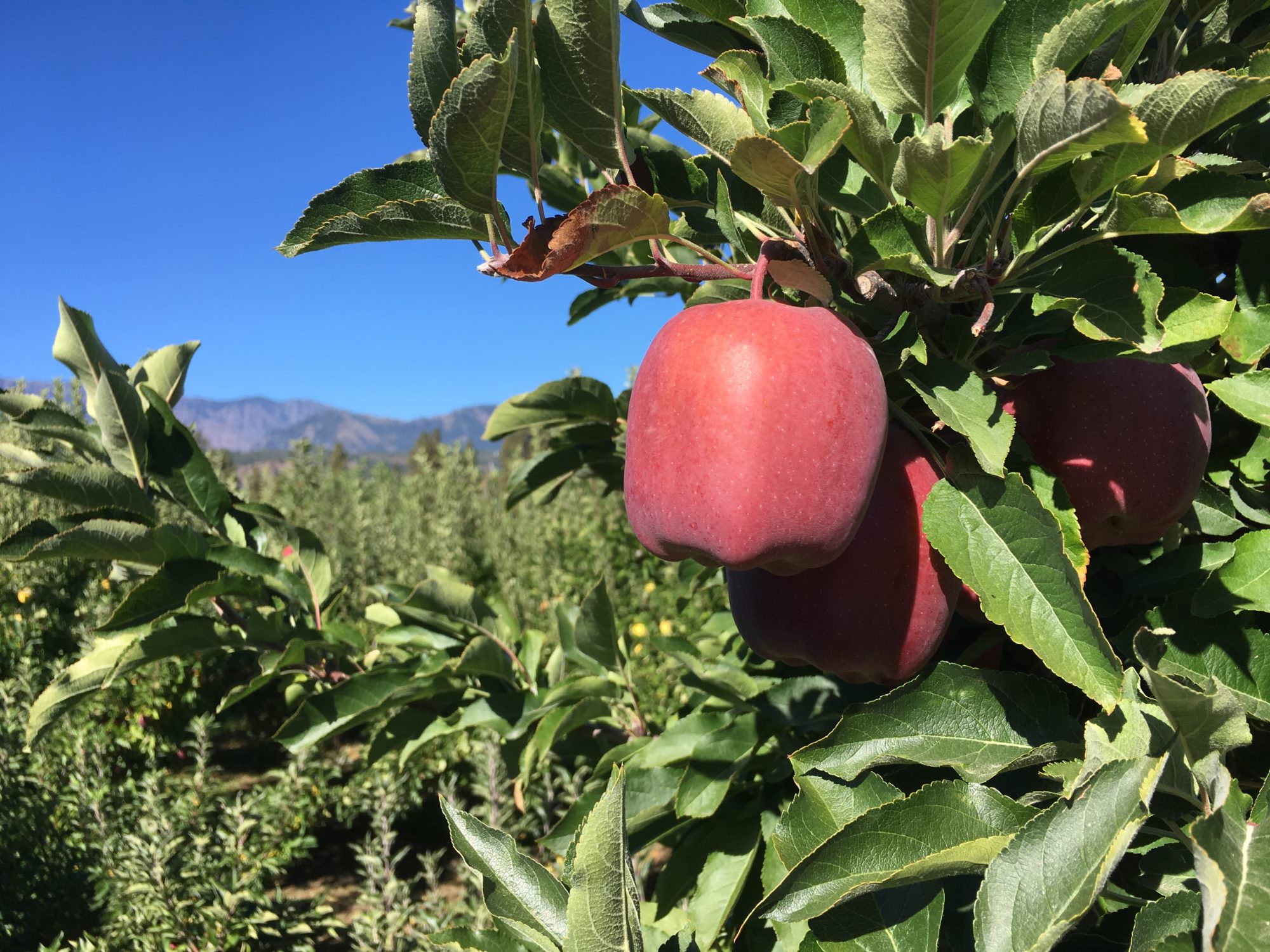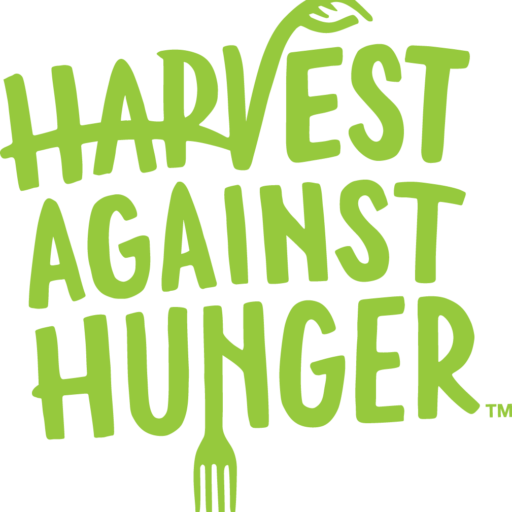How Can We Help?
Written by Anaistasia Gray, Cultural Food Program Coordinator VISTA
To get a Library Card, you must first read and agree to follow all Seed Library Rules, Check-Out Instructions, and Seed Storage Best Practices below.
You are not expected to return unused seeds. HOWEVER, you are expected to return seed packets with remaining seeds to their original location inside the Seed Library and empty seed packets to the “Library Returns.”
- To obtain a library card we will need a signed “Reasonable Use Agreement” from you to follow posted rules. You are asked to acknowledge that unreasonable use of the Library (excessive use, theft, or consistently not following library rules) will result in restricted use. Following posted instructions ensures the Seed Library can remain active and available to the community.
- Once completed, you will be given a numbered Library Card sheet with designated spaces for logging seeds as you check out. You will use this card each time you check out seeds, so that we can track purchasing needs for restocking the library and report to our project funders how many individual households were impacted by the Seed Library Project.
The Library Card is numbered for your privacy because it is stored inside the Seed Library. Please take note of your card number. Your signed Agreement with identifying information will be stored along with the rest of your Food Bank paperwork.
Thank you!
Rules of the Seed Library
- One Library Card per household. If you run out of space extra copies are provided, make sure to staple additional logs together. The library card is to track approximately how much of each variety need to be purchased for the next library restock, it also helps track how many households the project impacts for library fundraising. Multiple cards create unnecessary paperwork, making the library more difficult to maintain.
- Do not take more than you will use, if you are unsure how much you will need please refer to our guide for How Much Should I Plant?
- Return seeds to their original container. We put a lot of effort into organizing all the amazing seeds for you to find, please help maintain order so others may find their seeds too.
- Follow all best practices for seed storage, detailed later in this document.
- Do not check out seeds for anyone other than you/your household. Instead, feel free to share the link to the Garden Resource Guide so they can get their own library card. You do not need to utilize other Food Bank services to access the seed library.
- Do not remove any parts of the Seed Library, Library Resource Guide, or its storage containers (other than envelopes provided with seed library checkout supplies) from the premises
- When finished using the Seed Library, return all contents to their proper place, notify Food Bank volunteers to return to its storage location when necessary.
- When you finish a seed packet place empty packet to the labeled “Return Box.” Do not dispose of the packet or take entire seed packets from the library. If you finish a seed packet or if you need the entire packet, please empty the contents into a different container/envelope.
- The Seed Library is only for sustainance gardening purposes, to support your household’s ongoing food security. To ensure all Food Bank clients have access to seeds for their sustainance garden
Checking Out Your Seeds
- Complete your annual Reasonable Use Agreement, then either obtain your new Library Card or locate your Card at the Checkout Toolkit inside the seed library.
- Identify what seeds you need, and approximately how many.
- Locate the seeds you would like to check out and label envelopes for each variety chosen
- If using a new packet, cut open the top of the pack taking care not to cut off any labels.
- Pour the approximate number of seeds you need into the matching envelope you created and tape closed
- On your library card, follow the prompts to log each seed variety taken and note approximately how much of the seed pack remains
- If your seed pack is empty, place into the “Return Box”
- Repeat this process for each seed pack
- Return your Library Card to the Library Checkout Toolkit
- Start growing!
Seed storage best practices
The following principles emerge as necessary for good storage because of the various factors affecting storage’s seed viability.
- Seed storage conditions should be dry and cool.
- Effective storage pest control.
- Proper sanitation in seed stores.
- Before placing seeds into storage, they should be dried to safe moisture limits, appropriate for the storage system.
- Storing high-quality seed only, i.e., well cleaned, treated, and high germination with vigor and good prestorage history.
- Determine seed storage needs because of the period or length of storage time and prevailing climate of the area during the storage period.


